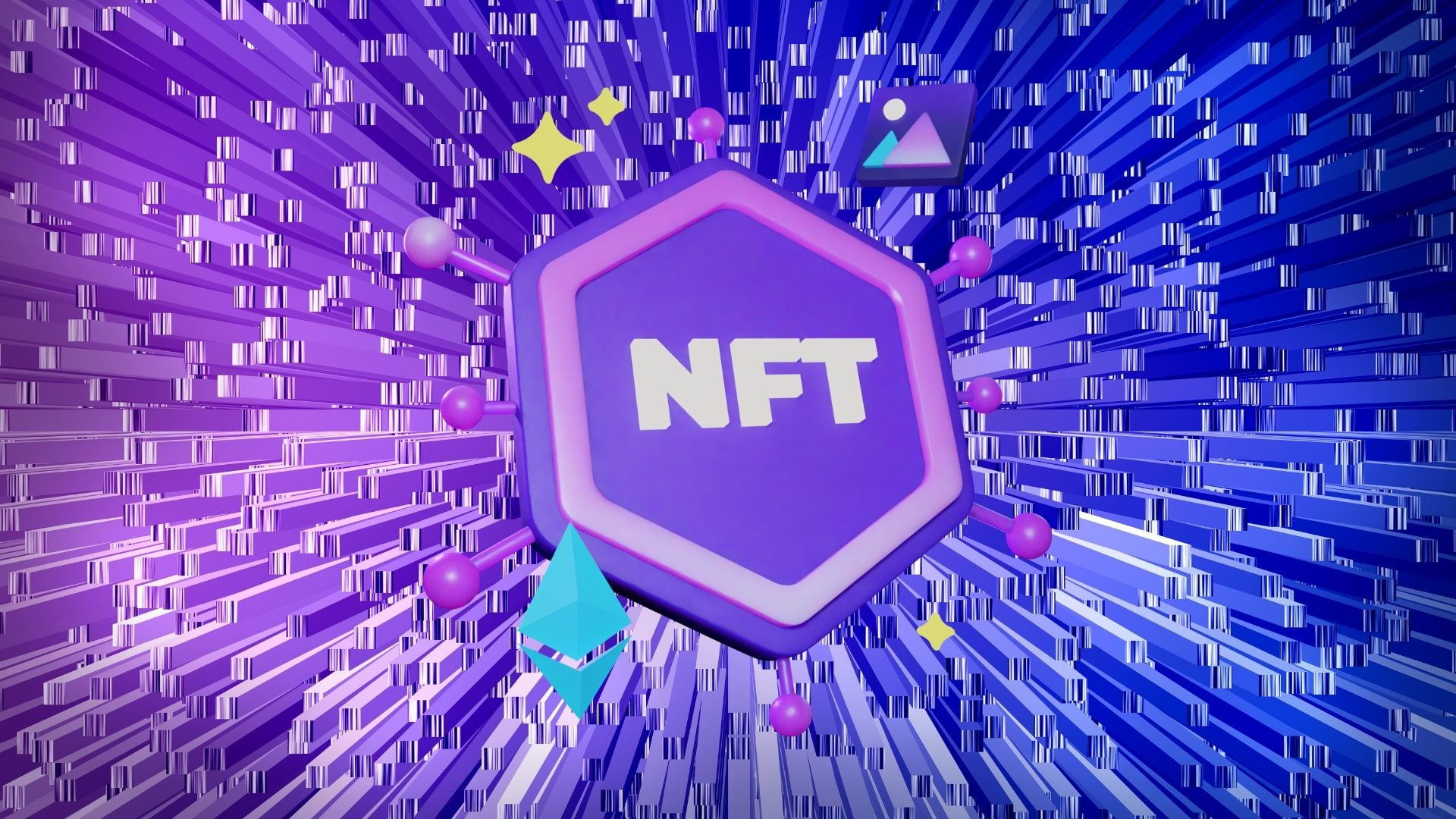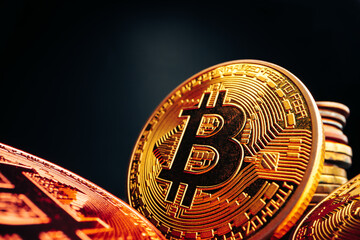Explore the intersection of NFTs, February trends, and the role of OctoberIrwinDecrypt in shaping the crypto space. Learn about the evolving NFT market, significant changes, and upcoming trends.
Table of Contents
ToggleIntroduction
The world of NFTs (non-fungible tokens) continues to evolve, with February and October being pivotal months in shaping trends and discussions around digital ownership and blockchain technology. As blockchain technology continues to disrupt various industries, the advent of NFTs has become one of the most talked-about innovations in the crypto space. From art to music, sports to real estate, NFTs have expanded beyond traditional applications, entering into numerous domains. These tokens, representing unique digital assets, can be bought, sold, and traded on various platforms, with each transaction recorded on the blockchain. In this post, we explore the nuances of NFTs, specifically focusing on key trends that have shaped the months of February and October, as well as examining the mysterious “OctoberIrwinDecrypt.” This key player might provide insight into the broader implications of how blockchain and cryptographic elements are revolutionizing the NFT marketplace.
The Growth of NFTs: What Happened in February?
February is often seen as a turning point for NFTs. As the NFT market exploded in 2021, February was a month marked by significant developments, both in terms of high-value transactions and the increasing involvement of large companies and creators in the space. At the start of February, many platforms saw an influx of creators and collectors alike, looking to capitalize on the rising value of digital collectibles. Popular platforms such as OpenSea, Rarible, and Foundation experienced massive traffic spikes, with several sales breaking records. February also saw an increase in NFTs tied to gaming, where developers began exploring how in-game items could be monetized through blockchain technology. The “NFT February” boom set the stage for the continued growth of NFTs, culminating in further innovations and enhancements to the underlying technology. As we reflect on this month, it becomes evident that the NFTs of February laid the foundation for what would become an unstoppable force in the crypto economy.
The Role of OctoberIrwinDecrypt in the NFT Ecosystem
When we turn our attention to the term “OctoberIrwinDecrypt,” we enter a space that combines cryptography, blockchain innovations, and NFT-related projects. Though not widely recognized as a major company, the name OctoberIrwinDecrypt represents a community-driven project that emphasizes transparency and security within the NFT space. This project has garnered attention due to its focus on using cryptographic techniques to protect NFT owners, ensuring that digital assets are not only valuable but also secure. OctoberIrwinDecrypt has been working on creating a more decentralized system for NFTs, where creators and buyers are assured of their ownership rights. It’s crucial to note that this name reflects a broader movement towards securing NFTs and adding layers of complexity to the traditional blockchain technology. These innovations are not only changing how NFTs function but are also influencing how the market perceives the future of digital ownership.
NFT Innovations and Trends in February
February was a pivotal month for NFT innovations. One of the biggest trends emerging from this period was the rise of NFTs in the music industry. High-profile musicians began to experiment with selling their albums, concert tickets, and other memorabilia as NFTs. This not only provided artists with a new revenue stream but also allowed fans to own exclusive digital assets linked to their favorite music. February also marked an expansion in the use of NFTs beyond collectibles, with the fashion industry taking its first steps toward embracing this technology. Several luxury brands, for example, launched limited-edition virtual fashion items as NFTs, allowing buyers to showcase digital items in the metaverse. These developments were not just limited to the arts and entertainment sectors. NFTs in gaming began to see exponential growth, with developers announcing plans to integrate NFT-based economies into their games. This shift toward decentralized gaming was anticipated to lead to new forms of player-driven economies, transforming how in-game items and assets are valued and traded. The innovations that emerged in February helped NFTs gain mainstream attention and solidified their place as a force to be reckoned with.
The October NFT Surge: What Changed?
By October, the NFT market had matured significantly. This was not just a continuation of the February boom but rather an evolution of the ecosystem. During this month, NFTs began to gain more recognition as legitimate assets rather than speculative investments. The growing interest from institutional investors, as well as major companies jumping into the NFT space, was a clear indicator of the increasing mainstream adoption of NFTs. As blockchain technology improved and transaction fees decreased, NFT platforms became more user-friendly and accessible to a wider audience. In October, some of the biggest NFT auctions and sales took place, and once again, digital art, music, and even tweets fetched astronomical prices. These high-profile sales drew in even more attention, and the phenomenon of NFTs began to be recognized as a new digital asset class in its own right. Additionally, October saw a rise in the integration of NFTs with virtual reality (VR) and augmented reality (AR), leading to new ways for consumers to interact with and experience these digital assets. The development of these technologies highlighted the increasing potential for NFTs to disrupt entire industries.

How OctoberIrwinDecrypt Influenced the NFT Space
In October, the ongoing development of OctoberIrwinDecrypt played a crucial role in advancing security and privacy within the NFT ecosystem. This project, though not as widely publicized as major NFT platforms, had a significant impact on how NFTs are encrypted and stored. Through OctoberIrwinDecrypt’s advancements in cryptographic methods, they aimed to improve the safety and privacy of users’ digital assets. One of the main concerns in the NFT market was how ownership records were handled, and OctoberIrwinDecrypt sought to provide solutions that ensured ownership of NFTs was securely encrypted. The platform worked on implementing more robust encryption techniques, such as zero-knowledge proofs, which allowed users to verify ownership of their NFTs without exposing sensitive information to potential hackers. These improvements not only helped protect the integrity of NFTs but also helped solidify their place in the future of the digital economy. By the end of October, OctoberIrwinDecrypt had become a key player in shaping the next phase of NFTs, focusing on greater decentralization and security.
NFT Market Trends in February and October: A Comparative Analysis
Looking at the NFT market trends in both February and October, it’s clear that there are key differences in how the market evolved. February was a month of discovery and experimentation, with many individuals and companies diving into the NFT world for the first time. During this time, platforms like OpenSea and Rarible saw unprecedented growth, as artists and creators flooded the market with their work. In contrast, by October, NFTs had matured into a more institutionalized market. The speculation-driven frenzy that characterized the early days of NFTs had started to settle, and investors were beginning to take a more cautious approach. This shift was driven by the increasing recognition of NFTs as valuable assets with long-term potential. As October approached, the narrative surrounding NFTs began to change, with more focus placed on their use cases in gaming, entertainment, and even real estate. In addition to this, the development of projects like OctoberIrwinDecrypt played a crucial role in reinforcing the legitimacy and security of NFTs as digital assets.

The Future of NFTs: Looking Beyond February and October
As we move forward, it’s important to reflect on the lessons learned from February and October. These months have been crucial in shaping the current landscape of NFTs, and they provide a clear indication of where the market is headed. Looking ahead, NFTs will likely continue to evolve, integrating with new technologies such as the metaverse, augmented reality, and artificial intelligence. Moreover, as platforms like OctoberIrwinDecrypt continue to innovate, we can expect to see further improvements in the security and usability of NFTs. The integration of NFTs into real-world applications, such as ticketing, identity verification, and even supply chain management, will continue to grow in significance. NFTs are no longer just a digital collectible trend; they are becoming a staple of the broader digital economy.
Conclusion
The months of February and October have played a pivotal role in the trajectory of NFTs. February marked the rise of NFTs as a mainstream phenomenon, while October highlighted the growing maturity of the market and its integration with emerging technologies. OctoberIrwinDecrypt’s contributions to the security and decentralization of NFTs further underscore the importance of blockchain advancements in the ongoing development of NFTs. The future of NFTs looks promising, with new innovations and applications on the horizon. As we continue to explore the potential of NFTs, both February and October will remain as crucial milestones in their ongoing journey.
Read also: Exploring The Jimmy Failla Net Worth





